Protect your home and family from flooding, mold, and foundation damage with professional basement waterproofing solutions.
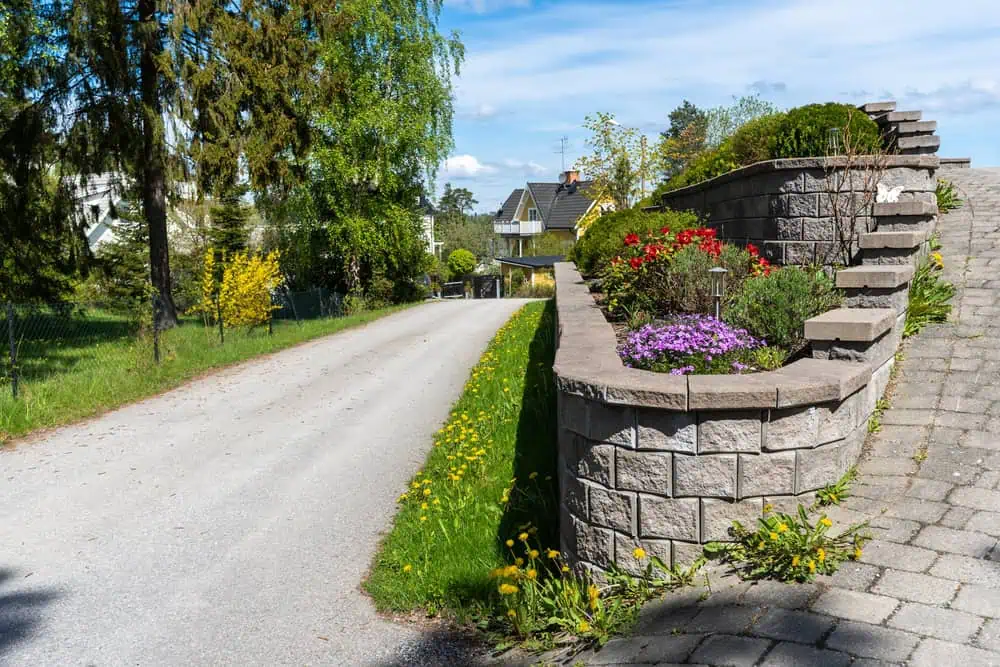
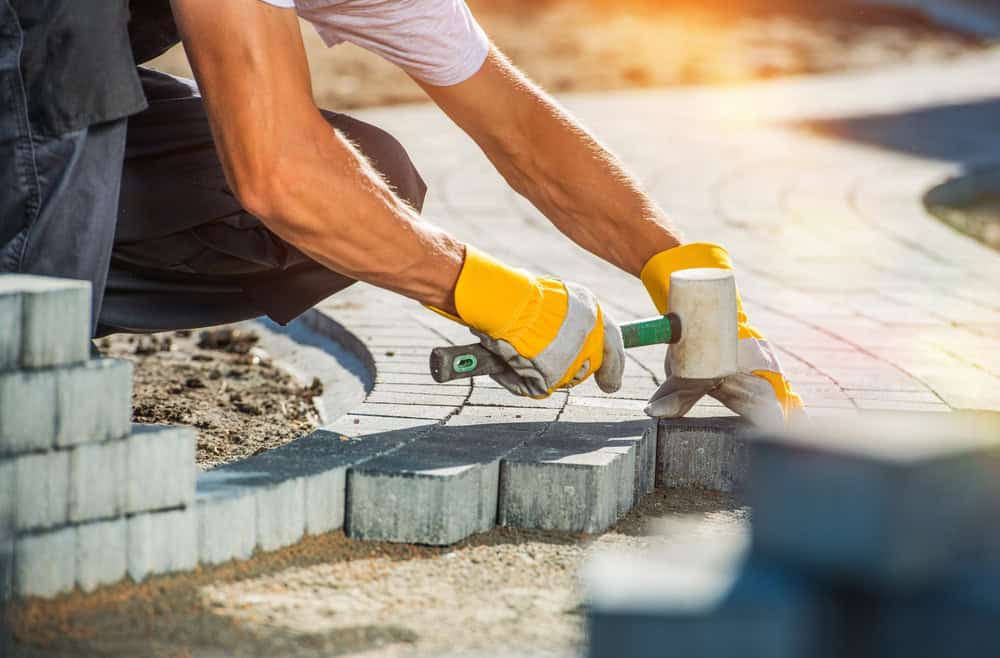
You get a basement that stays dry during the heaviest rains and spring snowmelts. No more rushing downstairs during storms to check for water, no more moving boxes away from walls, and no more of that musty smell creeping upstairs.
Your basement becomes usable space again. Whether you need storage, a workshop, or even finished living area, you can actually use it without worrying about moisture ruining everything you put down there.
The bigger picture is protecting your home’s foundation and your family’s health. Proper basement waterproofing stops the moisture that leads to mold growth and structural problems that cost thousands to fix later.
Academy Masonry has been handling foundation and basement issues in Pinehurst and throughout Massachusetts for years. We understand how our clay soil, freeze-thaw cycles, and heavy spring rains create the perfect conditions for basement water problems.
As masonry contractors, we see the foundation side of water issues every day. We know the difference between a quick fix and a permanent solution, and we’re not interested in selling you something that’ll need redoing in a few years.
We’ve waterproofed basements in every type of home in this area, from older colonials to newer construction, and we know what works in our local conditions.
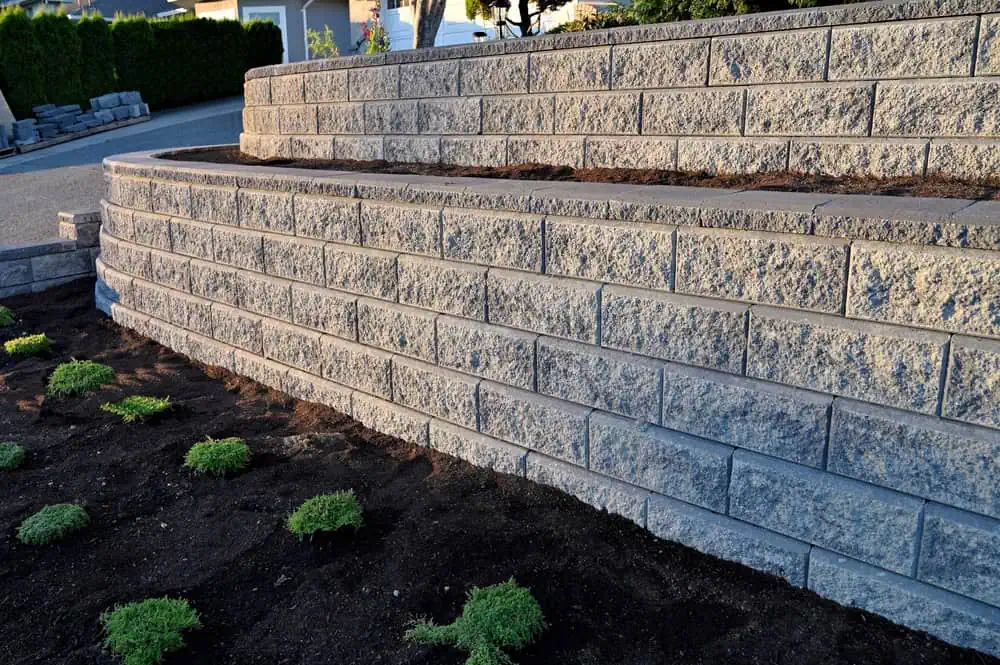
First, we inspect your basement to find exactly where water is getting in and why. This isn’t a quick look around – we check foundation walls, floor joints, window wells, and drainage around your home’s exterior.
Next, we explain what we found and recommend the right approach for your specific situation. Sometimes it’s interior basement sealing with quality foundation sealers. Other times exterior waterproofing makes more sense. Often it’s a combination approach with proper drainage systems.
The actual work depends on your needs, but it always includes preparing surfaces properly, applying professional-grade waterproofing materials, and ensuring proper drainage. We don’t rush through steps because shortcuts lead to callbacks, and we’d rather do it right the first time.
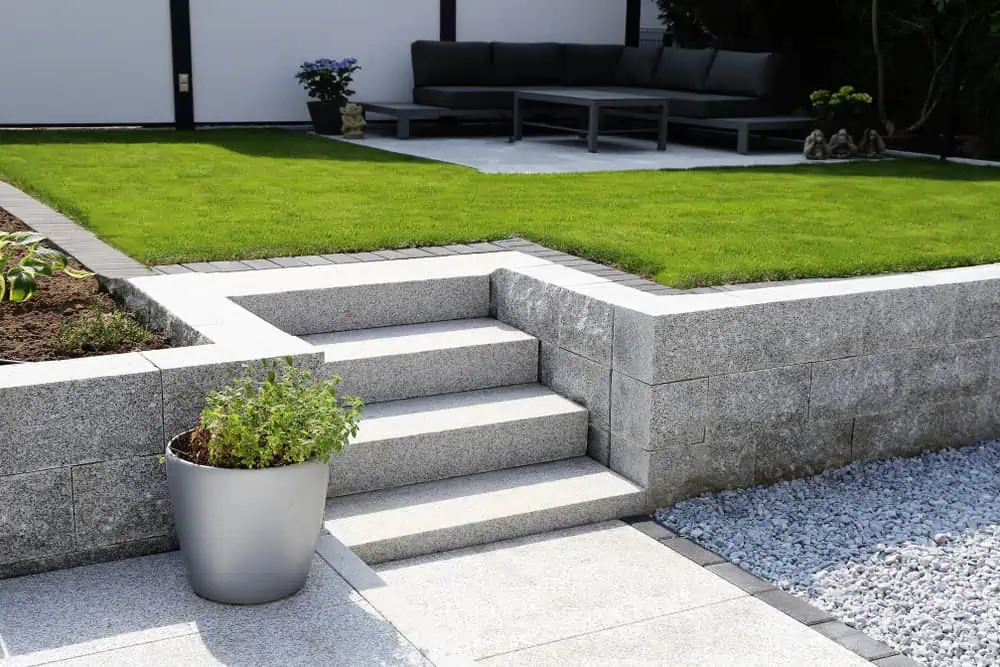
Ready to get started?
You get a complete assessment of your basement’s water issues, not just treatment of obvious problems. We look at drainage patterns, foundation condition, and potential problem areas before they become expensive emergencies.
Our waterproofing includes proper surface preparation, professional-grade sealers and membranes, and attention to critical areas like floor-wall joints where most leaks start. We also address exterior drainage issues that cause problems in the first place.
In Pinehurst, we see a lot of basement flooding during spring thaw and heavy summer storms. Our approach accounts for these seasonal challenges and the specific soil conditions that make some homes more prone to water problems than others.
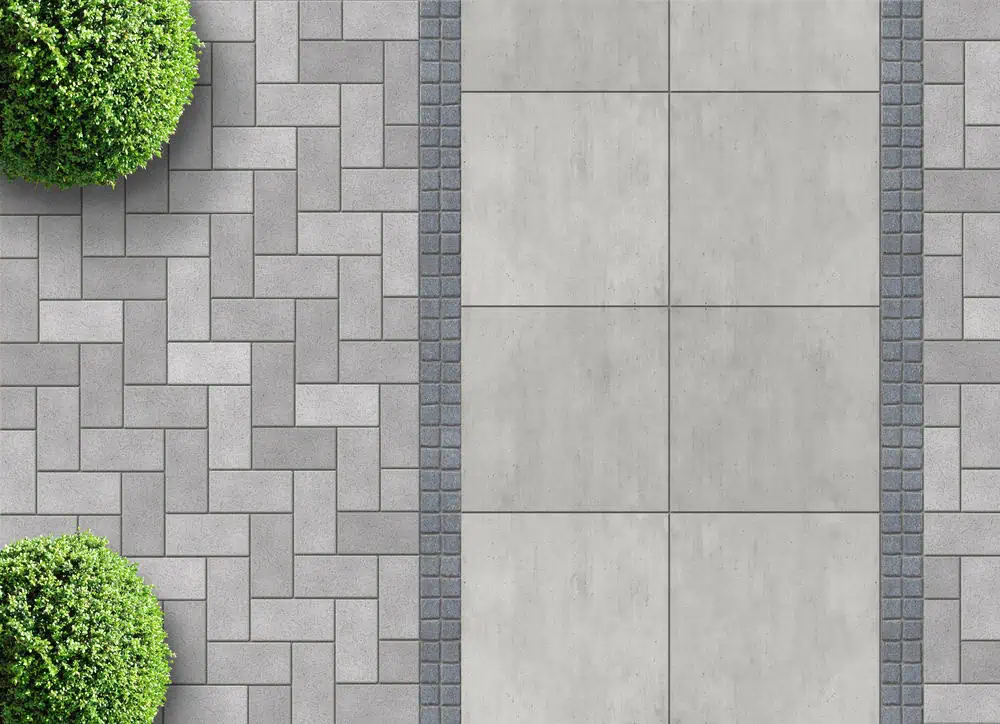
Local Resources